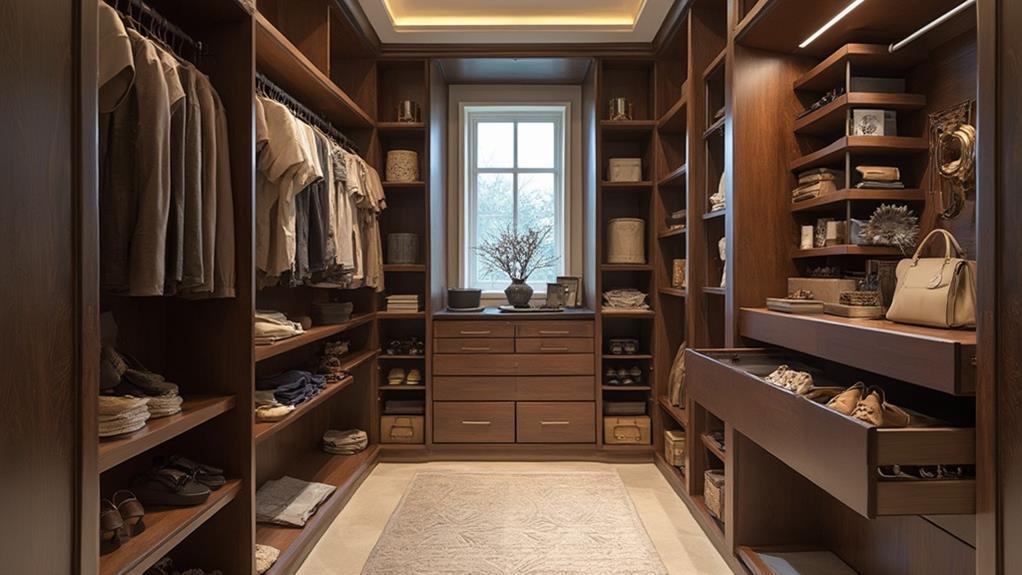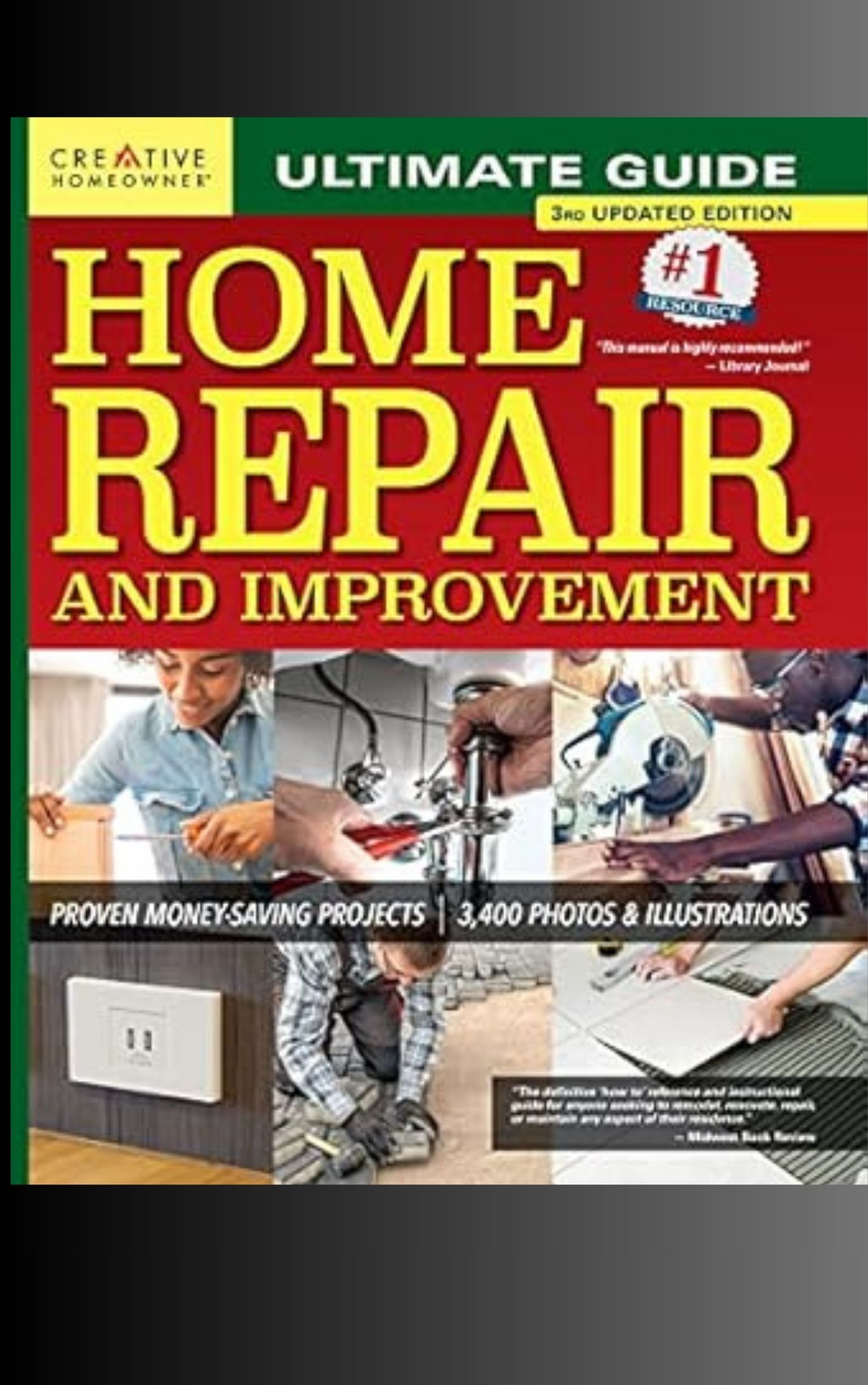Designing a custom closet system begins with assessing your space and identifying storage needs. Measure dimensions, note architectural features, and evaluate your belongings to determine optimal solutions. Choose essential components like adjustable rods, shelves, and drawers, incorporating specialized elements for shoes and accessories. Maximize vertical space with floor-to-ceiling units and double hanging rods. Personalize your design with finishes that complement your decor, and consider smart storage solutions to streamline daily routines. By carefully planning and implementing these strategies, you can create a highly functional and organized closet tailored to your specific needs and lifestyle. The following sections explore each aspect in greater detail.
Assessing Your Closet Space
Before embarking on your custom closet design journey, a thorough assessment of your available space is crucial. Begin by measuring the dimensions of your closet, including width, depth, and height. Take note of any architectural features, such as sloped ceilings, windows, or doors that may impact your design. Consider the location of electrical outlets and lighting fixtures, as these can affect the placement of certain storage elements.
Next, evaluate your storage needs by conducting an inventory of your belongings. Categorize items by type, such as clothing, shoes, accessories, and miscellaneous items. This will help you determine the types and quantities of storage solutions required. Assess your current organizational system and identify areas for improvement.
Consider your lifestyle and daily routines when planning your closet layout. Think about which items you access frequently and which ones can be stored in less accessible areas. Take into account any specific storage requirements, such as hanging space for long garments or shelving for folded items. By thoroughly assessing your closet space and storage needs, you'll be better equipped to design a custom closet system that maximizes efficiency and organization.
Identifying Storage Needs
Clarity in identifying storage needs is paramount to designing an effective custom closet system. Begin by taking inventory of your wardrobe and accessories, categorizing items by type and frequency of use. Consider seasonal clothing, formal wear, shoes, handbags, and jewelry. Assess the quantity of each category to determine the required hanging space, shelf space, and specialized storage solutions.
Analyze your daily routines and lifestyle to identify specific storage requirements. For instance, if you exercise regularly, allocate space for athletic gear. If you travel frequently, incorporate a designated area for luggage. Take note of items that require special storage, such as long dresses, bulky winter coats, or delicate fabrics.
Consider future needs and potential changes in your lifestyle or wardrobe. Allow for some flexibility in your design to accommodate growth or shifts in storage requirements. Prioritize accessibility for frequently used items, while designating less accessible areas for seldom-used belongings. By thoroughly identifying your storage needs, you can create a custom closet system that efficiently organizes your possessions, maximizes space utilization, and simplifies your daily routines.
Choosing Closet System Components
A well-designed closet system's foundation lies in carefully selecting the right components. Begin by considering the essential elements: rods for hanging clothes, shelves for folded items, and drawers for smaller accessories. Adjustable rods and shelves offer flexibility as your storage needs change over time. Incorporate double-hang sections for shirts and shorter garments to maximize vertical space.
For shoes, opt for angled shelves or specialized shoe racks to optimize visibility and accessibility. Include pull-out bins or baskets for items like socks, underwear, and accessories. Consider adding a built-in hamper for dirty laundry management.
For valuable items or seasonal clothing, integrate lockable cabinets or sealed storage boxes. Don't overlook the importance of proper lighting; install LED strip lights or motion-sensor fixtures to illuminate dark corners. Utilize vertical space with hooks, tie racks, and belt organizers on the sides or back of doors.
For a polished look, choose matching hangers and coordinated storage boxes. Finally, consider incorporating a fold-out ironing board or a dedicated space for laundry care items to create a comprehensive closet system that meets all your clothing storage and maintenance needs.
Optimizing Vertical Space
Maximizing vertical space is crucial for creating an efficient closet system. To optimize vertical storage, consider implementing floor-to-ceiling shelving units, which can accommodate items of various sizes and shapes.
Double hanging rods are an excellent way to double your hanging capacity, with shorter items like shirts and folded pants on top and longer garments below.
Utilize adjustable shelving systems to customize storage based on your needs. These allow for flexibility as your wardrobe changes over time. Incorporate pull-down rods or wardrobe lifts for hard-to-reach upper areas, making it easier to access items stored at height.
Wall-mounted hooks and pegboards can be installed to hang accessories, belts, and scarves, keeping them organized and easily visible.
Consider adding drawer units or pull-out baskets for smaller items like socks, underwear, and accessories. These can be stacked vertically to maximize space usage. For shoes, implement angled shelves or over-the-door organizers to make the most of vertical wall space.
Lastly, don't forget to use the back of the closet door for additional storage with hanging organizers or hooks.
Personalizing Your Closet Design
While optimizing space is fundamental, the true value of a custom closet lies in its ability to reflect your individual style and needs. Personalization transforms a functional storage space into a tailored environment that enhances your daily routine.
Consider your lifestyle and wardrobe when designing. If you have a large collection of shoes, incorporate dedicated shoe racks or shelves. For those who prefer hanging clothes, maximize rod space and include varied heights for different garment lengths. Jewelry enthusiasts might benefit from specialized drawers with velvet-lined compartments.
Color and material choices play a crucial role in personalization. Select finishes that complement your bedroom decor and personal taste. Incorporate elements like glass-front cabinets to display prized possessions or mirrored surfaces to create a sense of spaciousness.
Lighting is another key factor. Install LED strips under shelves or opt for a statement chandelier to create ambiance. Consider adding a seating area with a plush ottoman or vanity setup if space allows.
Ultimately, your closet should streamline your daily routine. Integrate smart storage solutions like pull-out hampers, tie racks, or belt organizers to keep everything in its designated place.
Frequently Asked Questions
How Much Does a Custom Closet System Typically Cost?
Custom closet system costs vary widely, typically ranging from $1,000 to $30,000 or more. Factors affecting price include size, materials, features, and installation. High-end systems with premium finishes can exceed $50,000 for large walk-in closets.
Can I Install a Custom Closet System Myself?
Installing a custom closet system yourself is possible, but it requires careful planning and DIY skills. While some homeowners successfully complete this project, professional installation ensures proper fit, alignment, and functionality. Consider your experience level before deciding.
How Long Does It Take to Design and Install a Custom Closet?
The time required to design and install a custom closet varies depending on complexity and size. Typically, the design process takes 1-2 weeks, while installation can range from a single day to several days for larger projects.
Are Custom Closet Systems Removable if I Move to a New Home?
While some worry about permanence, custom closet systems are typically removable. Most installations use modular components and wall-mounted tracks, allowing for disassembly and relocation. However, consider potential wall repairs and the system's compatibility with your new space when moving.
What Maintenance Is Required for a Custom Closet System?
Custom closet systems typically require minimal maintenance. Regular dusting, occasional wiping with a damp cloth, and tightening of hardware as needed are usually sufficient. Periodic inspection for wear and tear can help ensure longevity and optimal functionality.
Conclusion
In conclusion, a well-designed custom closet system revolutionizes storage and organization. By carefully assessing space, identifying needs, selecting appropriate components, and maximizing vertical storage, homeowners can create a tailored solution that fits like a glove. Personalization adds the finishing touch, ensuring the closet not only functions efficiently but also reflects individual style. With thoughtful planning and execution, a custom closet system can transform chaotic spaces into orderly, accessible, and aesthetically pleasing storage areas that enhance daily life.

